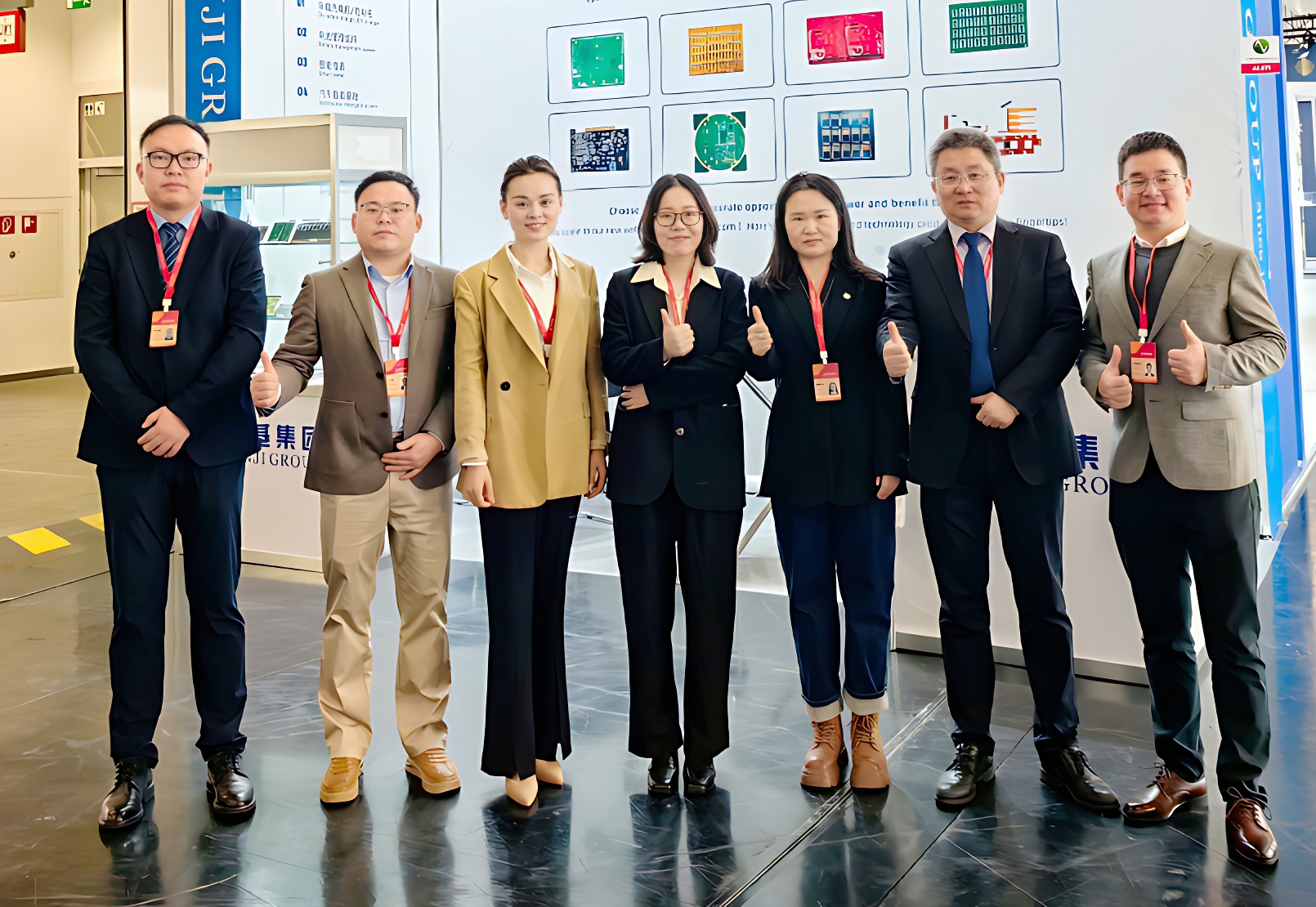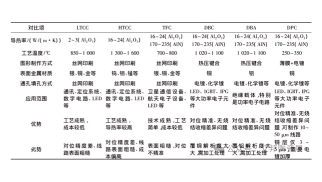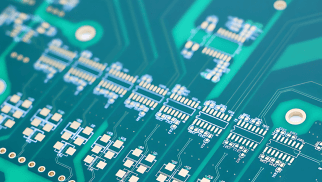Sorry, no sales person is available right now to take your call. Pls leave a message and we will reply to you via email as soon as possible.
Detailed Explanation of PCB Special Processes and Their Application Scenarios
Special PCB Manufacturing Processes and Their Application Scenarios
Special PCB manufacturing processes refer to non-standard techniques adopted to meet specific functional or performance requirements. Below are common special processes and their application scenarios:
I. Signal Integrity-Related Processes
1. Impedance ControlCore Principle: Precisely calculate PCB trace width, dielectric layer thickness, and dielectric constant to control transmission line impedance (e.g., 50Ω, 90Ω, 100Ω), ensuring impedance matching with components.Design Considerations:Stack-up Design: Adjust dielectric thickness (e.g., PP prepreg) and copper weight to meet impedance targets.Material Selection: High-frequency laminates (e.g., Rogers 4350B) minimize dielectric constant (Dk) variations.Simulation: Validate with SI tools (HyperLynx, ADS) to prevent signal reflection/attenuation.Applications: High-speed digital circuits (DDR, PCIe), RF circuits (5G antennas, microwave communication).
2. Advanced Stack-up StructuresTechniques:Symmetrical Stack-up: Reduces thermal deformation (e.g., 2+4+2 for 8-layer boards).Hybrid Dielectric Stack-up: Combines FR-4 with high-frequency materials (e.g., PTFE) for optimized signal/power layer distribution.Embedded Capacitor/Resistor Layers: Integrates passive components internally to reduce surface components.EMC Optimization:"Signal-Ground-Signal" layer sequence to suppress crosstalk.20H rule (power layer indented 20× dielectric thickness) to reduce edge radiation.Applications: Server motherboards, automotive radar modules, aerospace systems.
II. High-Density Interconnect (HDI) Processes
1. Blind/Buried ViasProcess Details:Laser Drilling: CO₂/UV lasers create micro-vias (50–100μm).Via Filling: Conductive paste or copper plating ensures interlayer connectivity.Design Advantages:Shortens signal paths, improves high-frequency SI (reduces via stub effects).Supports high-density routing under BGAs (e.g., 0.4mm pitch escape routing).Typical Stack-ups: 1+N+1 (blind vias), 2+N+2 (any-layer HDI).
2. Counterbore HolesFabrication:Step-drilling with flat drills or CNC milling to create stepped holes.Hole diameter > standard vias, depth = 50–80% of board thickness.Applications:Securing countersunk screws for PCB-enclosure mounting (industrial controls).Eliminates surface protrusions for ultra-thin devices.
III. Special Materials & Surface Finishes
1. Heavy Copper PCBsSpecifications:Copper Weight: 2–20oz (70–700μm outer layers; up to 200oz inner layers).Etch Compensation: Differential etching controls undercutting.Thermal Design:Direct heat dissipation via copper layers (e.g., TO-220 heatsinks soldered to copper).Supports >100A current (e.g., EV motor controllers).Applications: Power modules, solar inverters, grid systems.
2. Electroplated Ni/Au & Gold Fingers
| Type | Au Thickness | Wear Resistance | Cost | Applications |
|---|---|---|---|---|
| Electroplated Hard Gold | 0.5–1.5μm | Very High | High | Gold fingers, RF connectors |
| ENIG | 0.05–0.2μm | Moderate | Medium | BGA pads, standard solder joints |
Key Parameters:Hardness: ≥200 HV (hard gold).Durability: ≥10,000 cycles (PCIe compliance).
ENEPIG (Electroless Ni/Pd/Au)Layer Structure:Ni (3–5μm) → Pd (0.05–0.1μm) → Au (0.03–0.05μm).Advantages:Compatible with wire bonding and soldering.Pd layer prevents Ni migration (enhances reliability for high-frequency signals).Applications: Automotive ECUs, satellite modules, medical implants.
IV. Special Processing Techniques
3D Structured PCBs
- Implementation:Flexible Bending Zones: Laser-cut or stamped foldable areas (e.g., foldable phone hinges).3D Assembly: Stacked PCB modules via connectors (e.g., TWS earbud charging cases).
- Validation:ANSYS Mechanical for stress analysis.Thermal cycling tests (-40°C to 125°C, 1,000 cycles).
V. Process Selection Guidelines
- Consumer Electronics:HDI + impedance control (smartphone motherboards) + ENIG finish.
- Automotive Electronics:Heavy copper (power modules) + ENEPIG (ECUs) + high-Tg materials (heat resistance).
- Aerospace:Polyimide rigid-flex PCBs + gold fingers + X-ray inspection.
This translation preserves technical accuracy while adhering to industry-standard terminology and documentation practices.





